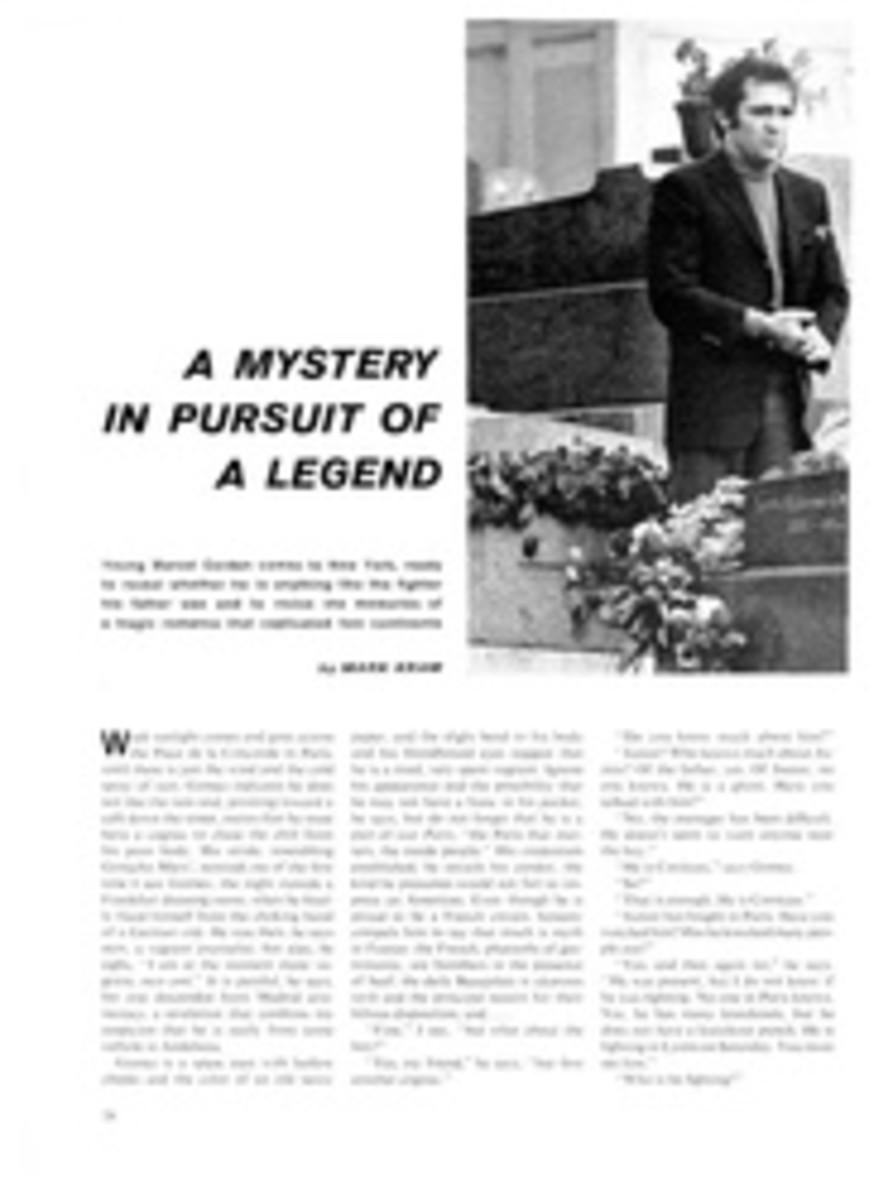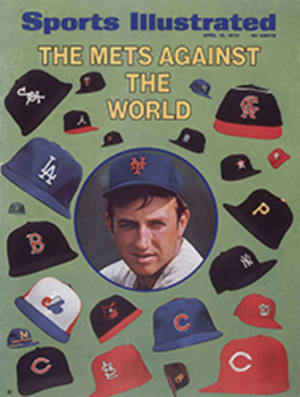
Some inglorious judgment will limit the audience for a splendid baseball show
Questions of artistic integrity seldom arise with baseball documentaries. But when Bud Greenspan tried to sell the networks a film version of Lawrence Ritter's minor classic, The Glory of Their Times, he found that even baseball has its highbrow and lowbrow wings, and that low usually wins. He was advised by anonymous top-level TV philistines to a) get Joe Garagiola for a whimsical commentary, b) have the band play 32 variations of Take Me Out to the Ball Game and c) show Babe Ruth hitting that home run, the one you've seen 714 times by count. He refused, and as a result you may never see this excellent one-hour show. (Greenspan is accustomed to this kind of thing; it took him three years to sell his much-acclaimed Jesse Owens documentary to network TV.) As of now, only the five Westinghouse stations—located in Pittsburgh, Philadelphia, Baltimore, Boston and San Francisco—will carry the show, which they are presenting this week.
The years Greenspan covers, 1900 to 1918, are usually depicted in quickstep with a cakewalk background. But he has elected instead to emphasize their quietness. The sound is the sound of old men reminiscing in a deserted post office. Fred Snodgrass murmurs, "I never took credit for losing that World Series." Rube Marquard chuckles, "Muggsy McGraw couldn't lick a stamp."
Between voices, Greenspan has inserted some elegiac music by Irwin Bazelon, morning-after-Agincourt type of music, almost too dirgeful for a game in which nobody actually dies. You begin to feel that those derby-hatted crowds must have rooted in whispers, a mood enhanced by the deep-toned narration of Alexander Scourby. But Greenspan did not want to upstage his old men with a jazzy soundtrack, or with a snappy emcee wisecracking their words away. The silence gives them a touching dignity.
The live footage is scrappy. Newsreels were shot from back in the stands in those days, and cuts were made blind on the negatives, often removing the whole point of the picture. Ty Cobb is observed stealing second, but the film expires just as he goes into his slide. Fred Merkle's boner is reconstructed smoothly with real film and fake, but in the confusion Al Bridwell turns into a right-handed batter. What live stuff there is, though, is a connoisseur's freakout. Christy Mathewson pitching his fadeaway (an easy motion to spot, I would guess). Babe Ruth making an inspirational film for boys in 1916, with a coat of white makeup over his moon face, as ghostly as a circus clown.
The baseball in the show is embellished with other matters. Jack Johnson shadow-boxes, William Jennings Bryan carries on about free silver, Woodrow Wilson throws out the first ball and, for some lost reason, salutes our brothers, the Indians. Rare film for the hell of it, and why not?
The picture, like the book, doubles as social history and could, if so presented, grab a nonbaseball audience even harder than a baseball one. Maybe that's the trouble. Television still considers baseball fans the lowest form of audience life, with no interests outside their game and not much curiosity inside that. So lots of us will be cheated out of one of the best sports documentaries yet compiled.

